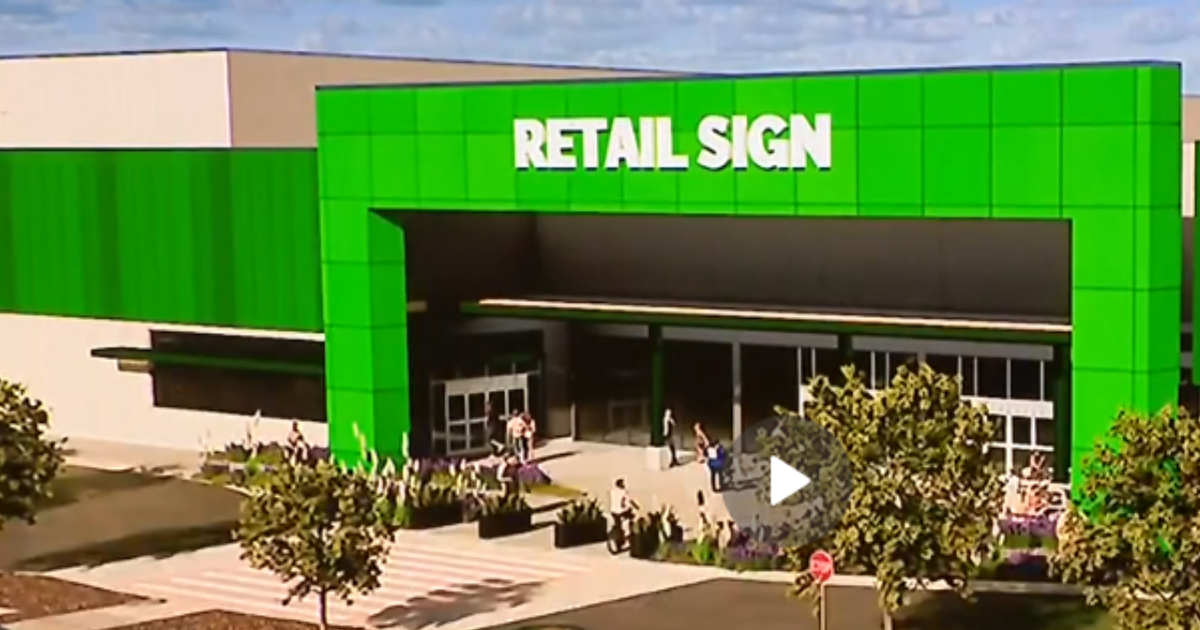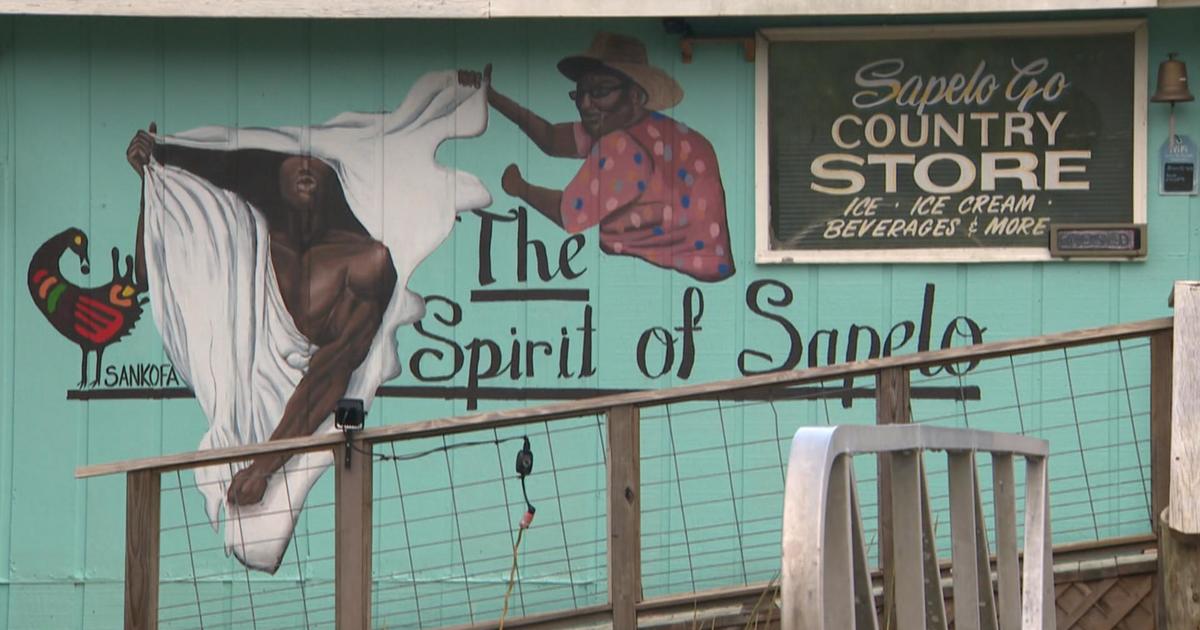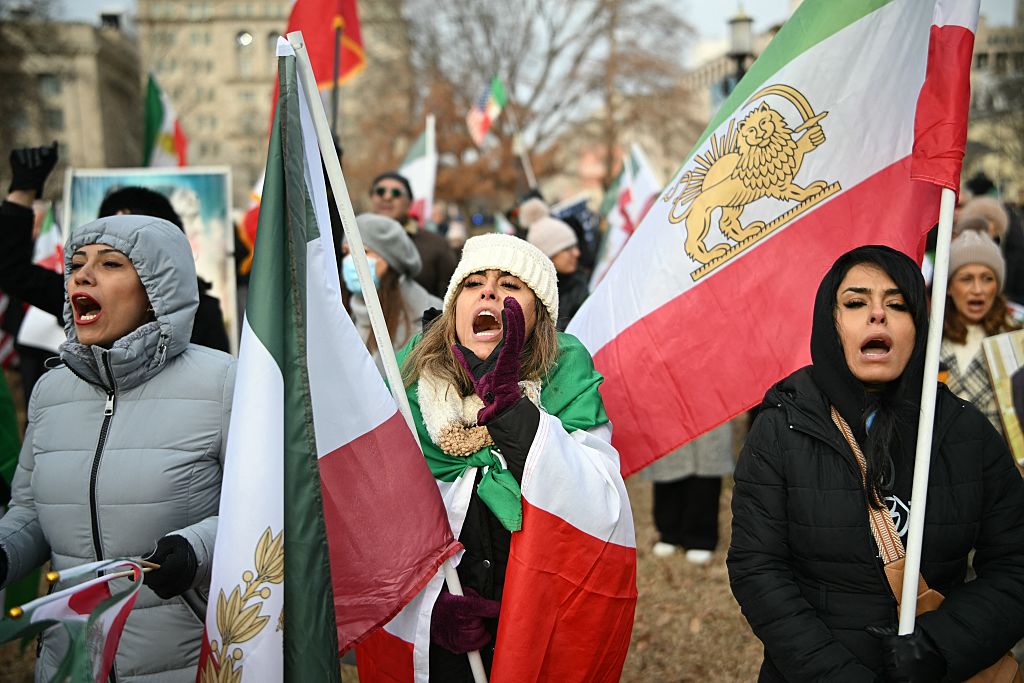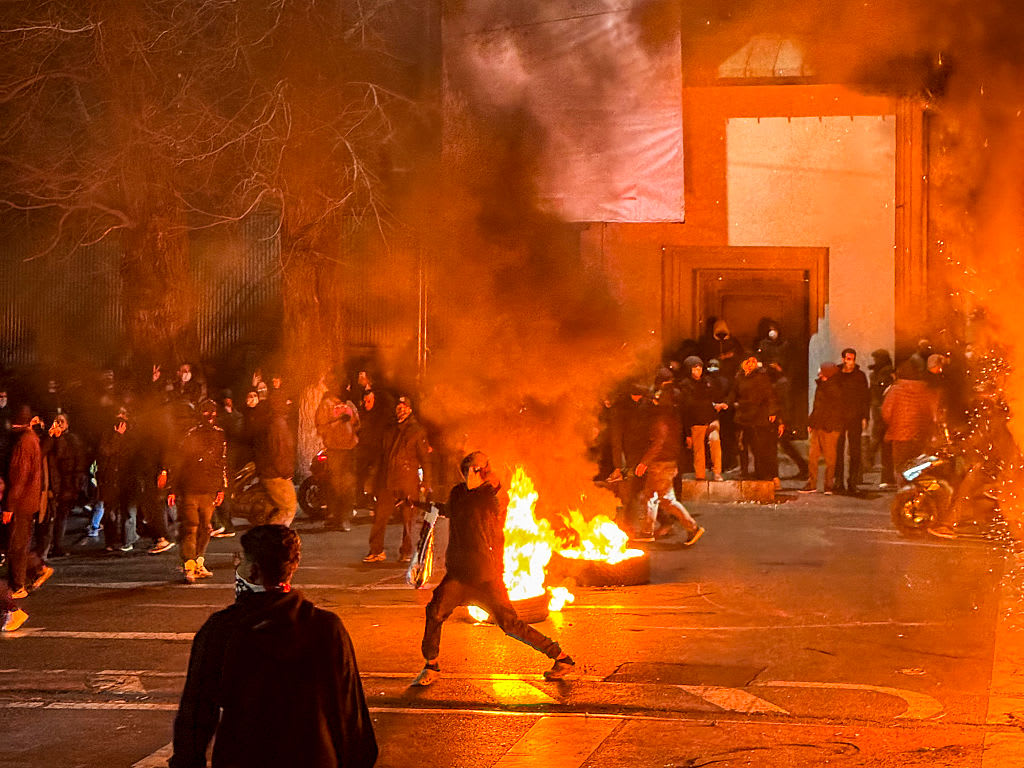Amazon workers in Alabama voting on biggest union push in company's history
Nearly 6,000 Amazon warehouse workers in Bessemer, Alabama, are deciding whether they want to form a union, the biggest labor push in the online shopping giant's history.
The stakes are high for Amazon. The organizing in Bessemer could set off a chain reaction across its operations nationwide, with more workers demanding a union to better their working conditions. Meanwhile, labor advocates hope what's happening in Bessemer could inspire workers beyond Amazon to form a union.
But organizers face an uphill battle. Amazon, the second-largest private employer in the country, has a history of crushing unionizing efforts at its warehouses and its Whole Foods grocery stores.
Workers in Bessemer have until the end of day Monday to cast their votes. A majority of voters must vote "yes" in order to form a union. Here's more on the unionization efforts:
What do organizers want?
Besides higher pay, they want Amazon to give warehouse workers more break time and improve working conditions at a company that's famous for its demanding focus on speed and customer growth. Many complain about their back-breaking 10-hour workdays with only two 30-minute breaks. Workers are on their feet for most of that time, packing boxes, shelving products or unpacking goods that arrive in trucks.
One worker in Bessemer who recently testified at a U.S. Senate hearing described the work as "grueling" and said workers are tracked throughout the day and could be punished or fired for taking more break time.
In job postings, Amazon describes the warehouse jobs as a "fast-paced, physical position that gets you up and moving."
Back in May 2020, Amazon fired two employees who criticized the company's warehouse operations and its broader climate policies. Emily Cunningham and Maren Costa, both user-experience designers, were part of a group of white-collar workers, called Amazon Employees for Climate Justice, that had pushed the company to implement more environmentally friendly policies.
Cunningham and Costa also had openly criticized Amazon's treatment of warehouse workers, including tweeting a petition calling for expanded sick leave, higher pay and a shutdown of facilities where Amazon workers had tested positive for the coronavirus. They and other workers also raised funds for warehouse workers who needed to self-quarantine.
What's Amazon's response?
Amazon argues the warehouse created thousands of jobs with an average pay of $15.30 per hour — more than twice the minimum wage in Alabama. Workers also get benefits including health, vision and dental insurance without paying union dues, the company said.
Amazon has been pressing workers to vote against the union. At the Senate hearing, one worker testified that the company hung anti-union signs throughout the Bessemer warehouse, including inside bathroom stalls, and also holds mandatory meetings for workers about why the union is a bad idea. It has created a website for employees that tells them they'll have to pay $500 in union dues a month, taking away money that could go to dinners and school supplies.
However, Alabama is a "right-to-work" state, which allows workers in unionized shops to opt out of paying union dues even as they retain the benefits and job protection negotiated by the union.
Why this could set off a nationwide reaction
Last week, Amazon went on the offensive against prominent lawmakers backing the union campaign. Amazon's official PR Twitter account, @amazonnews, on March 26 slammed senators Bernie Sanders and Elizabeth Warren for their ongoing criticism of the e-commerce company.
"There's a big difference between talk and action," Amazon tweeted. "@SenSanders has been a powerful politician in Vermont for 30 years and their min wage is still $11.75. Amazon's is $15, plus great health care from day one. Sanders would rather talk in Alabama than act in Vermont."
The company raised its minimum wage to $15 an hour in 2018 from $7.25 after Sanders led public pressure to do so. In September 2018 he introduced a bill dubbed the "Stop BEZOS Act," which would have required large corporations, such as Amazon and Walmart, to pay for federal assistance programs their employees use. (Bezos refers to Amazon's now-billionaire founder, Jeff Bezos.)
More recently, Sanders visited Amazon workers at a warehouse in Bessemer, Alabama, on March 26 and said their "historic" effort to unionize will spark pro-labor movements across America.
"If you pull this off here, believe me, workers all over this country are going to be saying 'if these people in Alabama could take on the wealthiest guy in the world, we can do it as well'," the Vermont senator said.
Amazon on March 26 also tangled with Warren, who had accused the company of exploiting tax loopholes.
Amazon shot back: "You make the tax laws @SenWarren; we just follow them. If you don't like the laws you've created, by all means, change them."
Warren replied: "I didn't write the loopholes you exploit — your armies of lawyers and lobbyists did." She added, "You bet I'll fight to make you pay your fair share. And fight your union-busting. And fight to break up Big Tech so you're not powerful enough to heckle senators with snotty tweets."
In recent weeks, other members of Congress have also voiced their support for the unionization effort. Earlier this month President Joe Biden said that Amazon management should not be influencing the workers' vote.
"Workers in Alabama and all across America are voting whether to organize a union in their workplace. This is vitally important," Mr. Biden said. "The choice to join a union is up to the workers — full stop," he added.
Why is this happening now?
Labor historians point to two reasons, the first being the pandemic: Workers feel betrayed by employers they say didn't do enough to protect them from the virus. At the start of the pandemic, for example, Amazon workers held walkouts because they said they weren't given protective gear or told when coworkers tested positive for the virus.
The second is the Black Lives Matter movement, which has inspired people to demand to be treated with respect and dignity. Most of the workers in the Bessemer warehouse are Black, according to organizers.
The last time Amazon workers tried to unionize was in 2014 at a warehouse in Delaware. But the majority of the 30 employees there ultimately voted against it.
What happens if workers agree to unionize?
Amazon would need to start negotiating a contract with the New York-based Retail, Wholesale and Department Store Union, which is leading the organizing efforts for Bessemer warehouse employees and represents 100,000 workers at poultry plants, cereal and soda bottling facilities, and retailers such as Macy's and H&M.
But Amazon could stall contract negotiations and both sides could launch legal actions, delaying the process.
A union win in Bessemer does not mean a union win at the more than 230 other Amazon warehouses across the country. Each warehouse that wants to unionize would have to go through a similar process.
But if organizers succeed in Bessemer, it could inspire workers in other parts of Amazon to try as well. Even if organizers lose, the fact that the union push got this far in a right-to-work state in the South could encourage workers in states with more lenient labor laws to mount a similar effort.
Amazon employed more than 1.2 million globally at the end of last year, making it the nation's No. 2 private employer behind retailer Walmart. Its growth may be unprecedented for a big company: Amazon hired nearly 500,000 people last year alone to keep up with a surge of online orders during the pandemic.
The company spent more than $500 million on bonuses for frontline workers last year to recognize their efforts during the holiday season. The financial rewards came as Amazon and other major retailers drew fire for ending so-called hazard pay for employees that have continued to work during the coronavirus pandemic.
What does the voting process look like?
Mail-in voting started in early February. Ballots must be received by the end of Monday. The National Labor Relations Board starts counting votes the next day.
It could take days or longer to tally all the votes, depending on how many are received. Amazon or the union could contest votes for various reasons, which could prolong the count.





